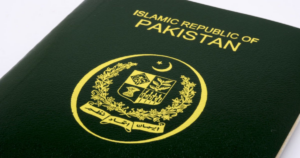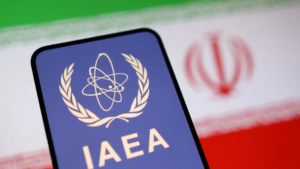My female students were crying to death. I kept telling them not to cry and tried to assure them that the schools for girls above grade six would soon reopen. Still, they were devastated and had no hopes for the reopening of the schools”, Shafiqa Khpalwak, an Afghan social activist, quoted a female teacher from Afghanistan narrating the state of the little girls. “So I cried with them, too”, said the teacher.
Before the Taliban’s rise to power, an official report said there were 18,765 public and private schools in operation with over three million girls enrolled. There were also more than 200,000 teachers, including 80,554 women.
Now, with no signs of the Taliban backtracking on their oppressive tactics, the end of this academic year is the third one with no girls allowed beyond grade six. The regime now ruling the country with an iron fist has been adamant despite international pressure to let the young girls continue their education, as well as the rest of the women, to join universities and pursue their dreams in different fields of life.
The world, particularly Western countries, shares the blame for the plight of millions of Afghan girls deprived of education after the US – Taliban deal in Qatar and the subsequent fall of the Afghan Republic.
Muslim countries of the region and globally are equally to be blamed for their lack of interest and intervention as the Taliban continue to justify their gender-apartheid policy aimed at women and girls to be in line with their self-proclaimed Islamic Sharia ideology. They need to reclaim their ideology and give the girls in Afghanistan their fundamental right to proper education without any fear.






